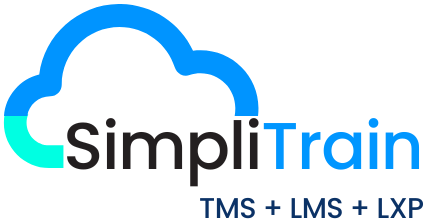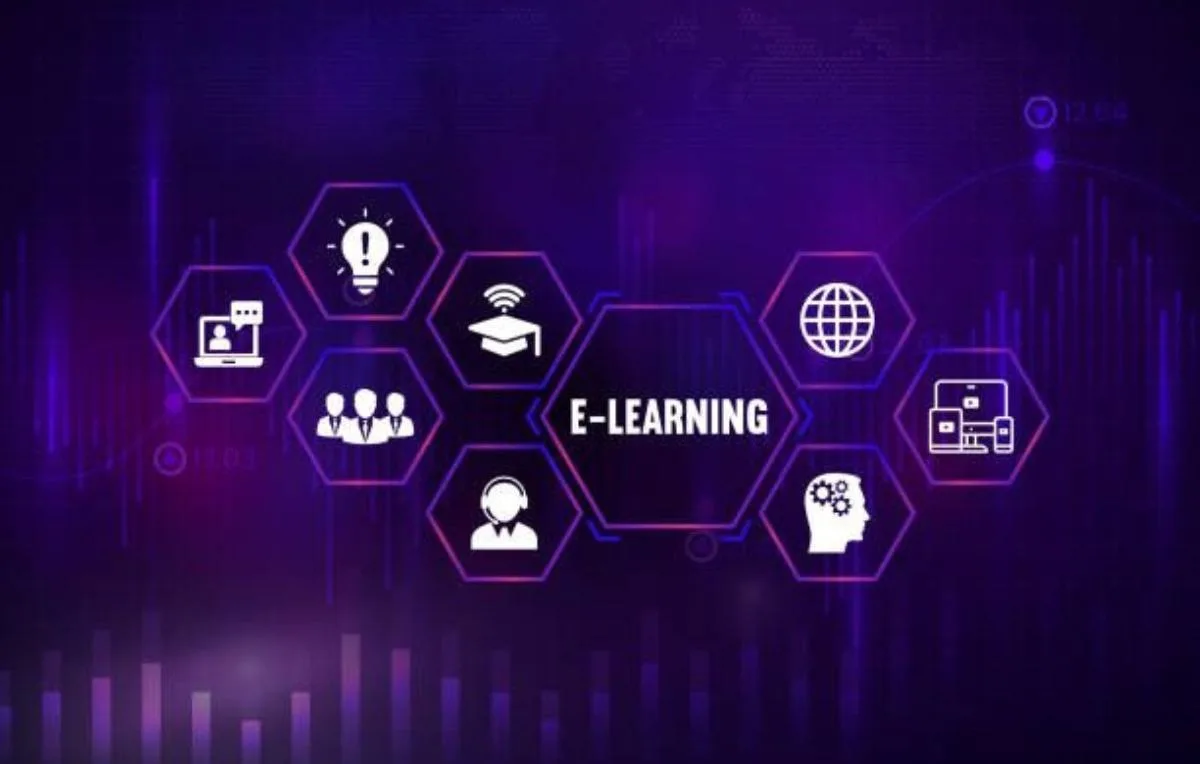Stay ahead in the dynamic software sector by embracing the top eLearning trends transforming workforce training and development.
The software industry continues to evolve at a breakneck pace-driven by constant innovation, agile methodologies, and digital transformation. To keep up, companies must invest in scalable, future-ready training solutions. eLearning technologies have emerged as powerful enablers, offering flexible, engaging, and data-driven approaches to upskilling technical teams.
In this article, we explore the top eLearning trends redefining training in the software industry-and how organizations can future-proof their L&D strategy.
1. AI-Driven Personalized Learning Experiences
Artificial Intelligence (AI) and Machine Learning (ML) are at the forefront of eLearning transformation, enabling hyper-personalized, adaptive learning environments.
Key Benefits:
- Tailored Learning Paths: AI analyzes learner behavior to deliver personalized course recommendations based on role, experience level, and learning preferences.
- Real-Time Adaptive Testing: ML algorithms adjust assessments dynamically to help learners focus on skill gaps.
- Increased Engagement: Intelligent content delivery improves learner motivation and course completion rates.
“AI-powered eLearning boosts efficiency by aligning training to individual goals and company objectives.” – Dr. Emily Chen, EdTech Expert”
— Dr. Emily Chen, Educational Technology Expert
2. Microlearning for Rapid Skill Acquisition
Microlearning breaks complex concepts into small, digestible modules designed for focused learning in short bursts.
- Ideal for busy software professionals who need on-the-go learning
- Increases knowledge retention by up to 20%
- Enhances knowledge application through scenario-based practice
“Microlearning supports just-in-time training for agile teams needing fast, relevant knowledge.”
— Sarah Mitchell, L&D Manager at TechWave
3. Mobile-First Learning Solutions
As remote work and global development teams become the norm, mobile learning is critical for delivering always-accessible training.
Top Advantages:
- On-Demand Access: Employees can complete training from any device, anywhere
- Consistent Learning Experience: Responsive design ensures seamless learning across platforms
- Improved Engagement: Mobile learning boosts completion rates by up to 72%
4. Immersive Training with VR and AR
Virtual Reality (VR) and Augmented Reality (AR) offer experiential learning, ideal for simulating real-world environments and development workflows.
Use Cases in Software Training:
- Interactive debugging and system simulations
- Hands-on coding labs in 3D environments
- Collaborative design and architecture planning
“Immersive technologies are revolutionizing technical training, providing safe, real-time practice opportunities.” – Carlos Vega, CTO at InnovateTech
5. Gamification to Boost Motivation and Retention
Gamified eLearning leverages game mechanics to make learning competitive and rewarding.
Engaging Features:
- Leaderboards, badges, and points to drive learner motivation
- Scenario-based challenges that mirror real coding problems
- Performance tracking for continuous feedback
6. Social Learning and Peer Collaboration
Social learning taps into peer-to-peer knowledge sharing, promoting community engagement and team-based skill development.
Key Features:
- Discussion boards and live chat for collaborative learning
- Code review sessions and group projects
- Community-driven content sharing
“Peer-based learning fosters innovation, support, and shared growth.” – Anita Rao, Head of Learning at CodeCrafters Inc.
7. Learning Analytics and Data-Driven Optimization
Learning analytics empowers L&D leaders with actionable insights to optimize training impact and learner success.
Benefits of Data-Driven Learning:
- Identifies skill gaps and learning bottlenecks
- Tracks course effectiveness in real time
- Informs personalized development plans
A study by IBM revealed companies leveraging learning analytics saw a 10% boost in productivity.
8. LMS Integration with Software Development Tools
The future of eLearning in tech lies in seamless integration with developer tools like GitHub, Jira, and VS Code.
Why It Matters:
- Contextual Training: Deliver learning in the flow of work
- Productivity Gains: Reduce time switching between platforms
- Real-Time Application: Reinforce concepts with immediate practice
“Integrating our LMS into developer workflows made our training programs more impactful and aligned with engineering cycles.” – Michael Tan, Software Development Manager at Apex Solutions
Why SimpliTrain Leads the Way in Software Training
Unlike traditional platforms, SimpliTrain brings together the power of a TMS, LMS, and LXP into one unified ecosystem. Built for software teams, it supports everything from scheduling instructor-led sessions to deploying microlearning, VR modules, and personalized learning paths.
What Makes SimpliTrain Superior:
- Integration-ready with development tools and HRIS
- Customizable learning journeys for developers, QA, DevOps, and architects
- Real-time analytics to track performance, completion, and ROI
- Scalable platform for startups, scaleups, and global tech enterprises
Whether you’re onboarding junior developers or reskilling senior engineers, SimpliTrain simplifies, scales, and strengthens your tech training initiatives.
Final Thoughts
The software industry demands continuous learning to keep pace with innovation. By embracing these forward-thinking eLearning trends-AI, mobile learning, microlearning, VR/AR, gamification, analytics, and tool integration-organizations can create dynamic, personalized, and high-impact training programs.
Investing in these technologies not only enhances productivity and code quality but also drives higher employee engagement and retention.
Ready to Power Up Your Software Training?
Discover how SimpliTrain can help you build a smarter, faster, and more engaging training program.









